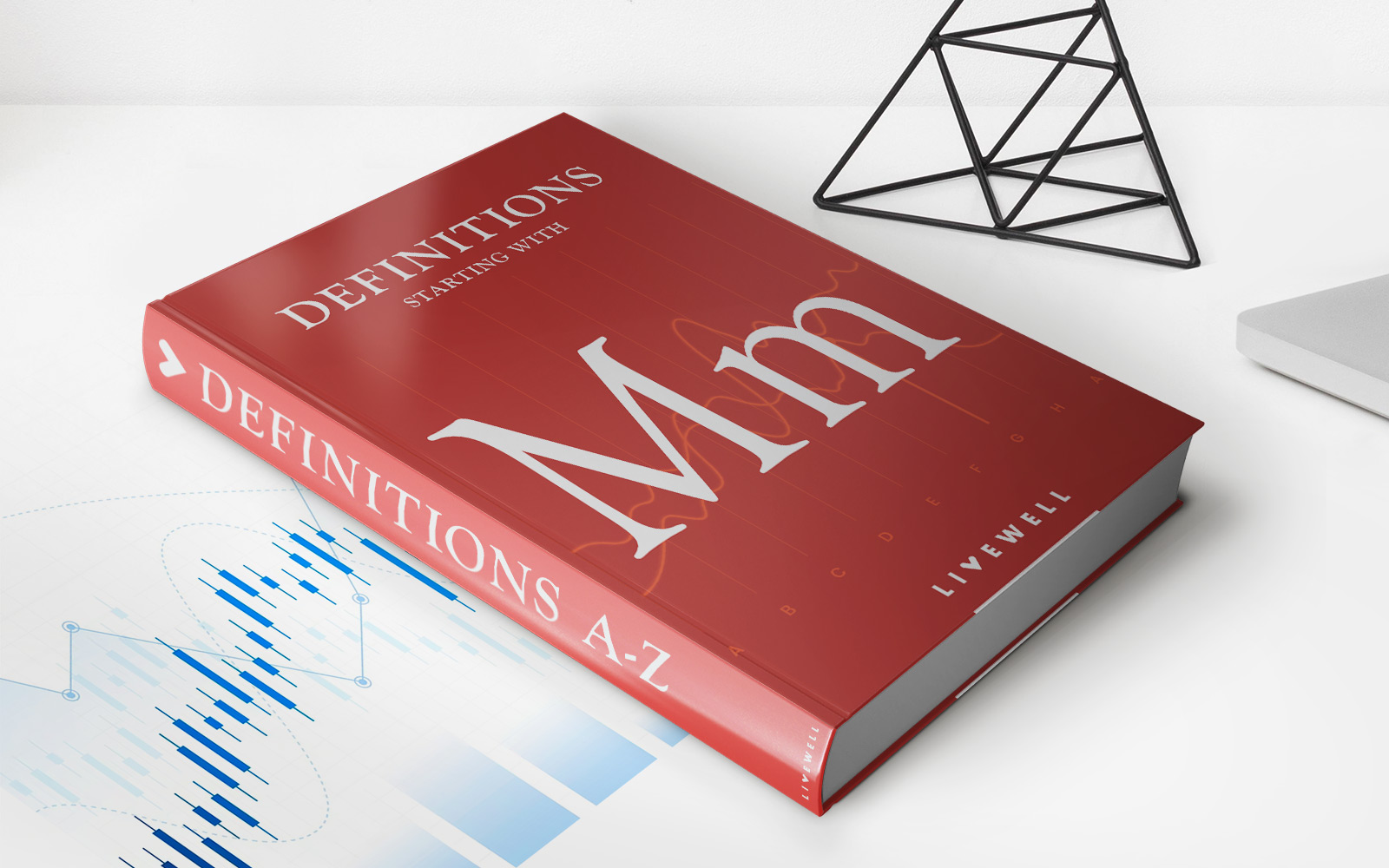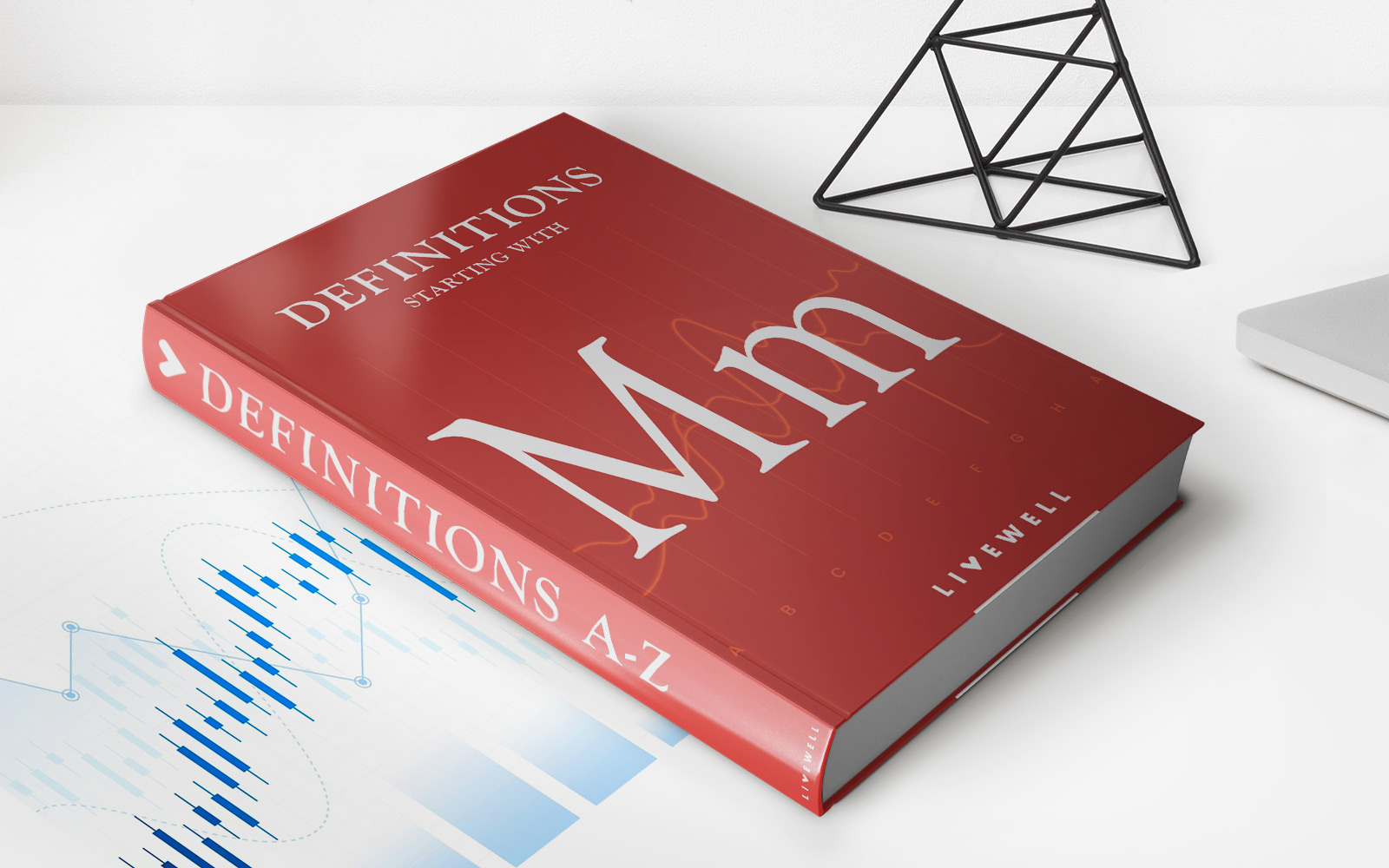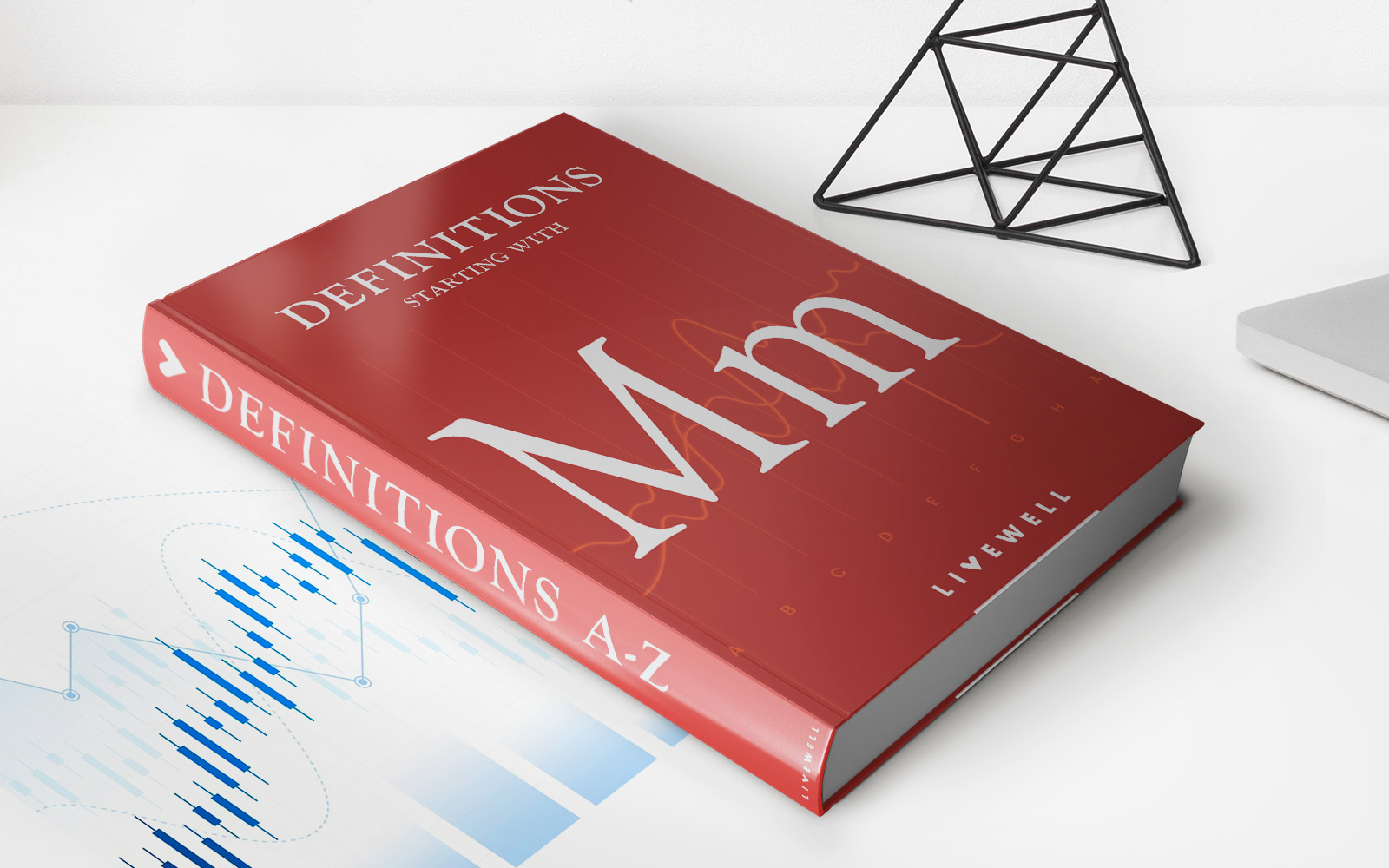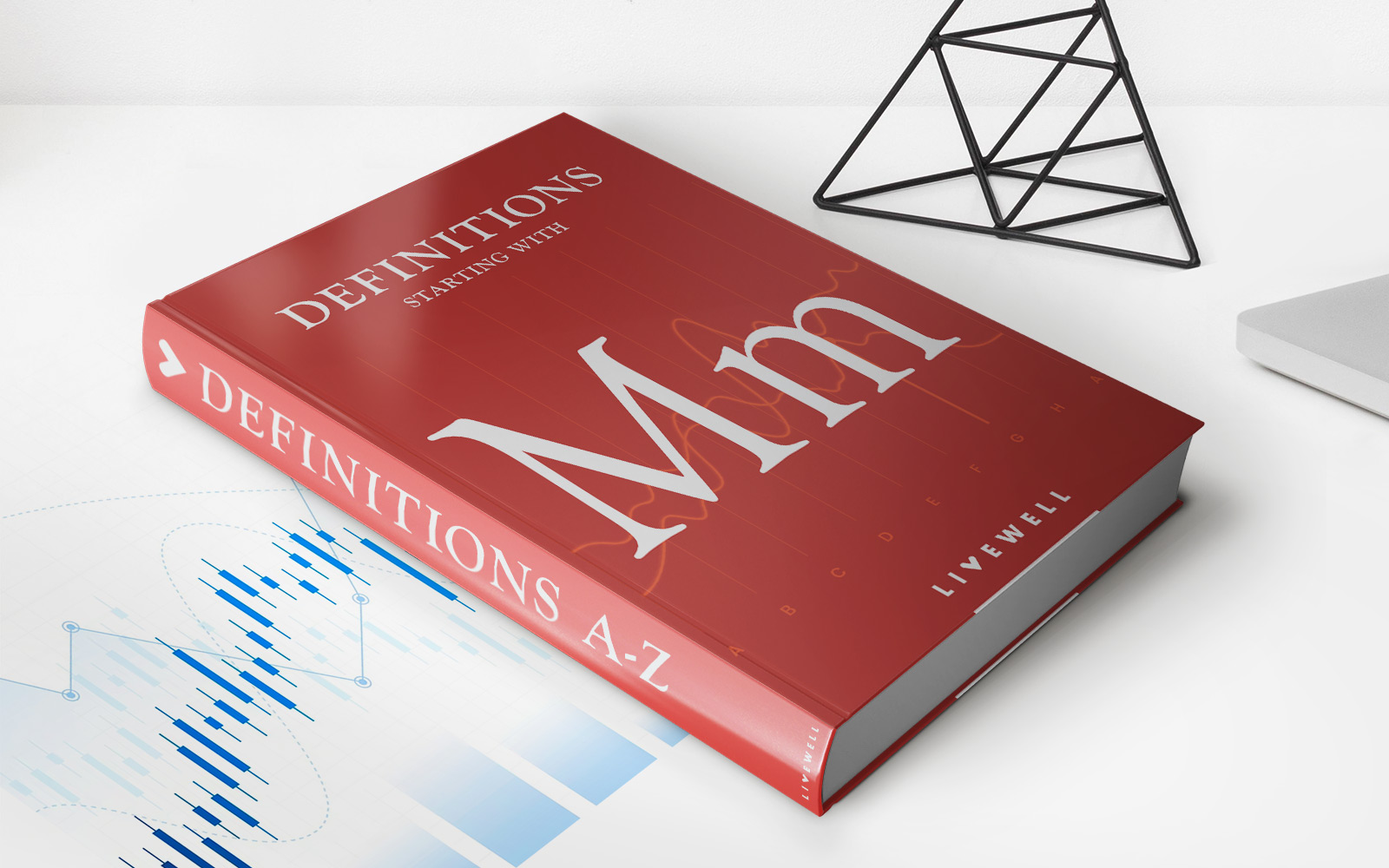Home>Finance>Multinational Corporation: Definition, How It Works, Four Types


Finance
Multinational Corporation: Definition, How It Works, Four Types
Published: December 27, 2023
Learn the definition and workings of a multinational corporation in finance. Discover the four types and gain a comprehensive understanding.
(Many of the links in this article redirect to a specific reviewed product. Your purchase of these products through affiliate links helps to generate commission for LiveWell, at no extra cost. Learn more)
The Multinational Corporation: Definition, How It Works, Four Types
Welcome to our finance blog, where we dive into various topics that shed light on the intricate world of finance. Today, we will be discussing one of the most fascinating subjects in this field – the multinational corporation. Have you ever wondered what exactly a multinational corporation is? How does it operate? And what are the different types? Well, you’re in the right place! In this blog post, we will explore the definition of a multinational corporation, how it functions, and identify the four types that exist in the business world today.
Key Takeaways:
- A multinational corporation is a company that operates in multiple countries and has a presence in various markets.
- These corporations undertake business activities such as trade, manufacturing, and services on a global scale, making them a significant player in the global economy.
Defining a Multinational Corporation
A multinational corporation, often abbreviated as MNC, is a company that establishes and operates in different countries. These corporations have a physical presence through subsidiaries, branches, or affiliates in multiple nations, and they conduct business activities across borders. This broad geographical reach allows them to tap into diverse markets, access resources, reduce costs, and reach a greater customer base. The rise of globalization and advances in communication and transportation have facilitated the growth of multinational corporations, making them vital players in the international business arena.
How Multinational Corporations Operate
Multinational corporations operate through a mix of strategies and structures, designed to optimize their global presence and operations. Let’s take a closer look at some common features and characteristics:
- Global Supply Chains: Multinational corporations often have intricate supply chains that span across different countries. This allows them to source raw materials and components from various regions, optimizing cost and quality.
- Foreign Direct Investment (FDI): These corporations make significant investments in foreign countries by establishing subsidiaries or acquiring existing companies. This strategy enables them to gain a foothold in new markets and compete with local players.
- Localization: Despite their global reach, multinational corporations understand the importance of adapting to local markets. They tailor their products, services, and marketing strategies to meet the specific needs and preferences of different cultures and regions.
- Transnational Management: Multinational corporations employ a transnational management approach that combines global coordination and local responsiveness. This allows them to leverage resources, knowledge, and expertise across countries while maintaining a level of flexibility and adaptability to local conditions.
The Four Types of Multinational Corporations
Now that we have a solid understanding of what multinational corporations are and how they operate, let’s explore the four main types:
- Global Multinationals: These corporations have a centralized management structure, often headquartered in a specific country. They operate in numerous countries and aim to establish a consistent brand image and standardized operations worldwide.
- International Multinationals: International multinationals have operations in multiple countries. However, decision-making and management functions are decentralized, giving subsidiaries a certain degree of autonomy.
- Multidomestic Multinationals: Multidomestic multinationals adapt their products, services, and operations to cater to the unique characteristics of each market they operate in. Each subsidiary operates independently with minimal coordination from the headquarters.
- Transnational Multinationals: Transnational multinationals combine elements from both global and multidomestic approaches. They integrate global coordination with local responsiveness, allowing for flexible operations and a seamless flow of resources and knowledge across countries.
Understanding the different types of multinational corporations helps us grasp the diverse strategies and structures employed to navigate the complexities of operating across borders.
In conclusion, multinational corporations play a crucial role in the global economy. Their ability to operate in multiple countries, tap into diverse markets, and leverage resources has made them key players in international business. By understanding the characteristics and types of multinational corporations, we gain valuable insights into how these global giants function and thrive in an increasingly interconnected world.
Thank you for joining us on this exploration of the fascinating world of multinational corporations. Stay tuned for more insightful finance topics in the future!














